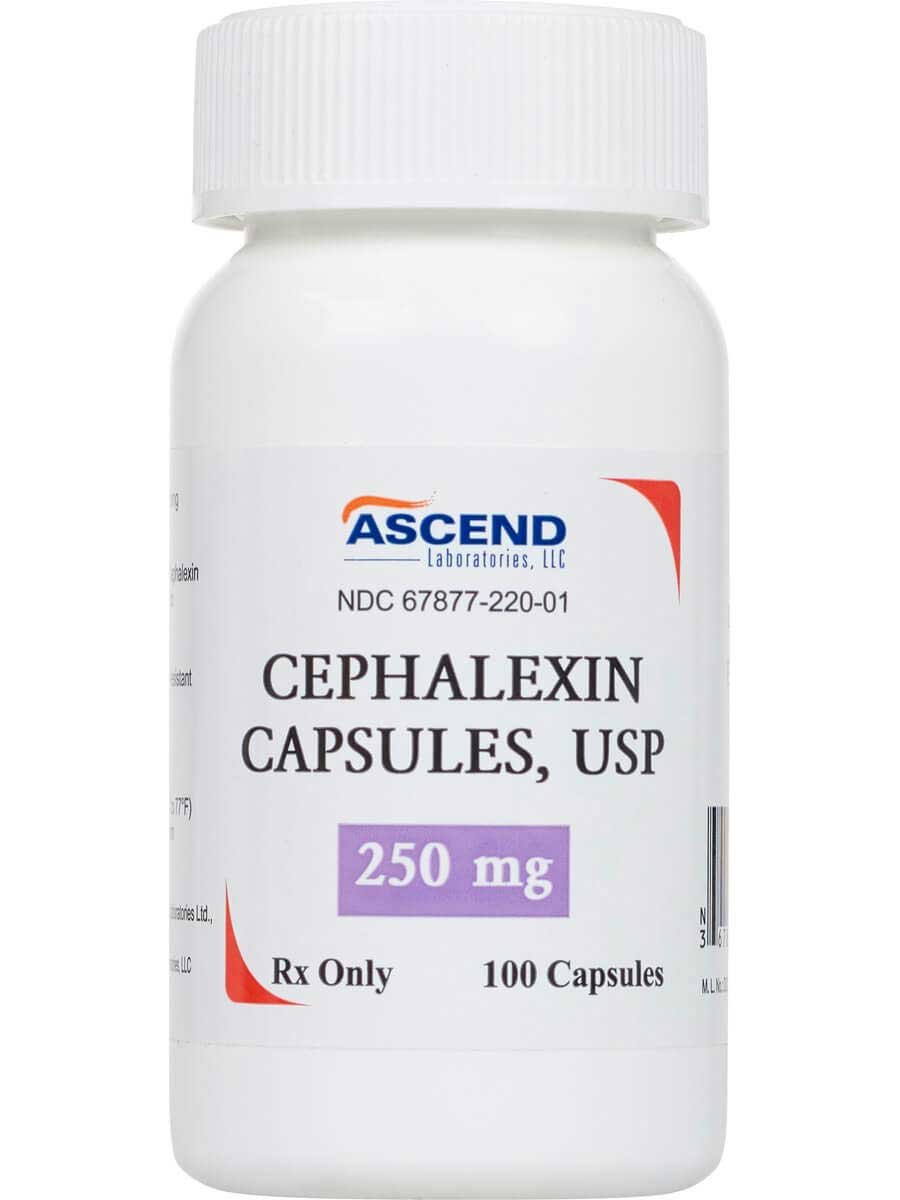Cephalexin for Cats: Understanding Antibiotic Treatment for Feline Health
Cephalexin, commonly known by its brand name Keflex®, is an antibiotic medication used to treat various bacterial infections in both humans and animals. In the veterinary world, Cephalexin has proven to be an effective treatment for cats when prescribed by a licensed veterinarian. In this article, we’ll delve into the use of Cephalexin for cats, its indications, dosage, potential side effects, and the importance of proper veterinary guidance during treatment.
Indications for Cephalexin in Cats
Cephalexin is typically prescribed for cats suffering from bacterial infections, including skin and soft tissue infections, urinary tract infections, respiratory tract infections, and some oral infections. It belongs to the class of antibiotics known as cephalosporins, which work by inhibiting bacterial cell wall synthesis, ultimately leading to the destruction of the bacteria causing the infection.
Dosage and Administration
The dosage of Cephalexin for cats is typically determined by a veterinarian based on the cat’s weight, age, overall health, and the severity of the infection. It is essential to follow the prescribed dosage and administration instructions precisely to ensure the antibiotic is effective and to minimize the risk of resistance or adverse effects.
Administering Cephalexin to Cats
Cephalexin is available in various formulations, including tablets and oral suspension. For cats, oral suspension is often preferred, as it can be easier to administer, especially for cats who may have difficulty swallowing pills. It’s crucial to administer the medication as directed, and if any challenges arise, consult the veterinarian for alternative options.
Duration of Treatment
The duration of Cephalexin treatment varies depending on the type and severity of the infection. It is essential to complete the full course of treatment, even if the cat appears to be improving, to ensure all the bacteria causing the infection are eradicated. Stopping the medication prematurely could lead to a recurrence of the infection or the development of antibiotic resistance.
Potential Side Effects
Like all medications, Cephalexin can have potential side effects in cats. Common side effects may include gastrointestinal issues such as vomiting, diarrhea, or decreased appetite. In some cases, cats may experience allergic reactions, which can manifest as skin rashes, swelling, or difficulty breathing. If any unusual symptoms occur during treatment, it’s crucial to contact the veterinarian immediately.
Precautions and Veterinary Guidance
Cephalexin should only be administered to cats under the guidance and prescription of a licensed veterinarian. Pet owners should inform the veterinarian of the cat’s medical history, current medications, and any known allergies before starting antibiotic treatment. Veterinary guidance is essential to ensure the proper diagnosis of the bacterial infection and the appropriate selection of antibiotics for the cat’s specific condition.
Cephalexin is a valuable antibiotic used to treat bacterial infections in cats effectively. When prescribed and administered under the guidance of a licensed veterinarian, Cephalexin can help improve a cat’s health and well-being by eradicating harmful bacteria causing infections. Pet owners should always prioritize the health and safety of their feline companions, seeking prompt veterinary care for any signs of infection or illness. By working closely with a veterinarian, pet owners can ensure the appropriate use of Cephalexin and the best possible outcome for their beloved feline friends.

